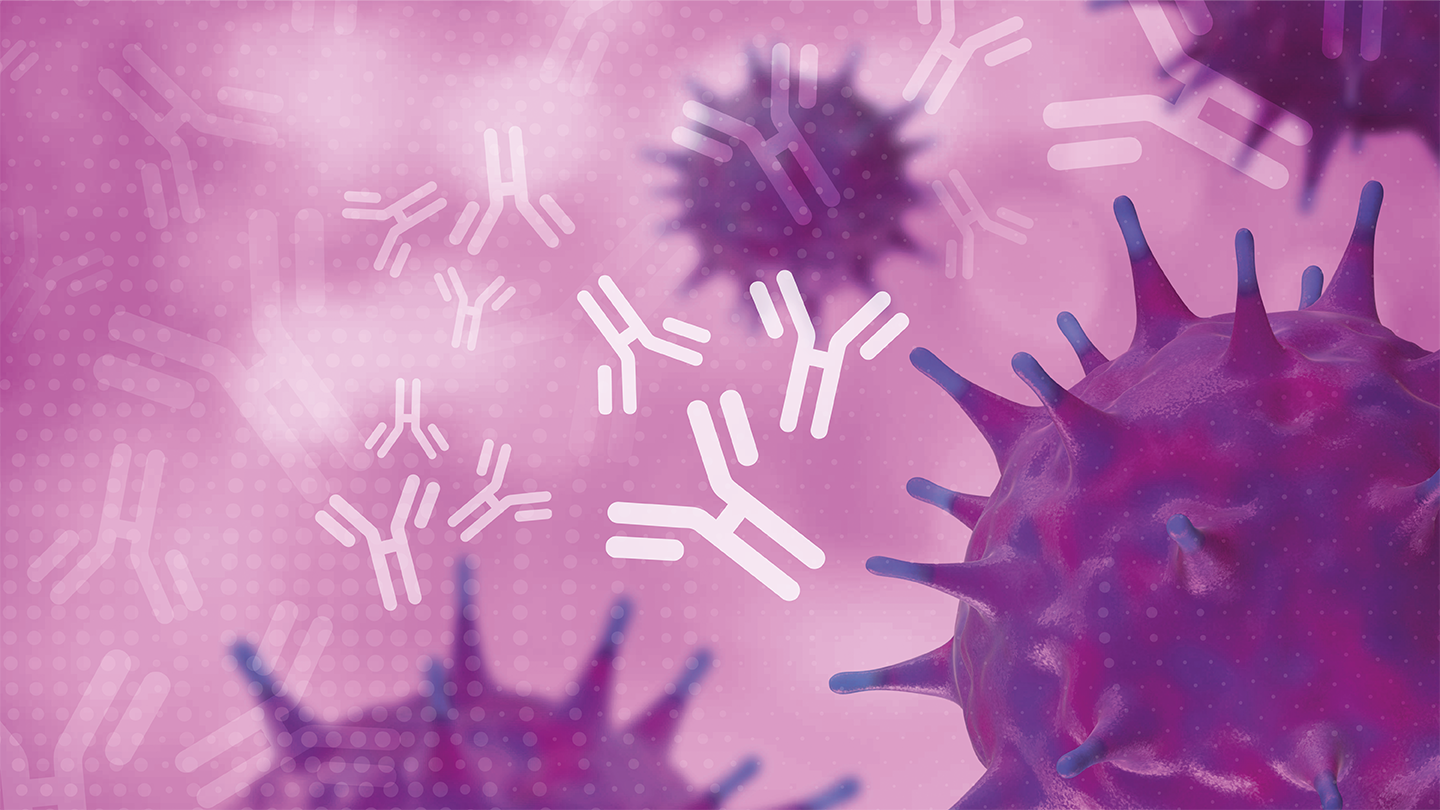TLOU Tales – Episode 1: The Culprit of Humanity’s Downfall
What you need to know about the parasitic fungus from The Last of Us
Cordyceps are a large genus of fungi, made up of about 750 species that are highly diverse, differing in both appearance and host specificity. “Cordyceps” as a name describes the common appearance of these fungi and originates from the Greek word “kordyle” meaning “club,” and the Latin stem “-ceps” meaning “head.” This is depicted nicely in the opening title to both The Last of Us game and series, where the clubs are seen as part of the graphics and the clickers (the blind zombies that locate and communicate via clicks) have very distinctive head shapes.
Cordyceps are well known Ascomycota fungi and are renowned for their ability to act as endoparasitoids. The fungi live within their insect hosts and leverage them as an essential part of their life cycle – using the host as a nutrient source by secreting enzymes that degrade external substrates and then absorbing the resulting sugars and amino acids to support their growth, which ultimately results in the death of the host (1). The major differences between Cordyceps species are the geographical location where they are found and the host insect they infect. The most well-known example of a Cordyceps species is Ophiocordyceps unilateralis, often referred to as the “zombie fungus,” which infects ants of the Camponotini or Carpenter Ant tribe.
O. unilateralis infection is characterized by the alteration of behavioral patterns of the infected ant:
- Hosts become infected either through contact via spores in the soil or deposition directly onto the ant through the air.
- Infected hosts leave their canopy nests and foraging trails for the forest floor.
- Hosts then use their mandibles to affix themselves to a major vein on the underside of a leaf, where the host remains until its eventual death.
- Fruiting bodies grow from the ant’s head over a period of months – rupturing the exoskeleton to release the fungus’ spores and continue the cycle.
Hosts have developed evasion mechanisms such as changing their social behavior, where infected ants may move away from the colony to die to limit their impact, or worker ants will remove colony members who they sense have become infected. There are also other infection control strategies, including hosts secreting chemicals used for cleaning each other to support spore removal and the insect equivalent of fever induction (Cordyceps species are very temperature dependent).
As host nutrients run low and the initial growth phase is complete, growth extends into the brain and the fungi begins to secrete chemicals that alter the host’s perception of pheromones triggering behavior changes. They are also known to produce various molecules that suppress their host’s immune system to aid immune evasion. Host specificity is likely due to the specific nature of these products; therefore, the fungi are limited in their cross-transference between hosts.
Read the next part in our TLOU Tales Series here:
Episode 2: The Devil Is in the Details
Reference
Y Shang et al., “Fungi That Infect Insects: Altering Host Behavior and Beyond,” PLoS Pathog, 11, e1005037 (2015). PMID: 26248013.





